Geomembrane Market: Key Challenges and Solutions in Geosynthetics
The geomembrane market plays a critical role in geosynthetics, offering solutions for containment, environmental protection
Tel: +86-411-39569550 | E-mail: info@geofantex.com/geofantex@gmail.com
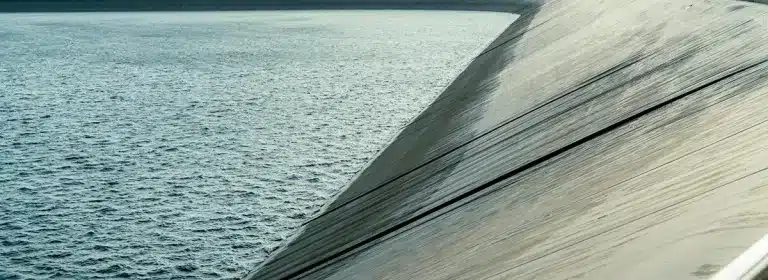
The geomembrane market plays a critical role in geosynthetics, offering solutions for containment, environmental protection
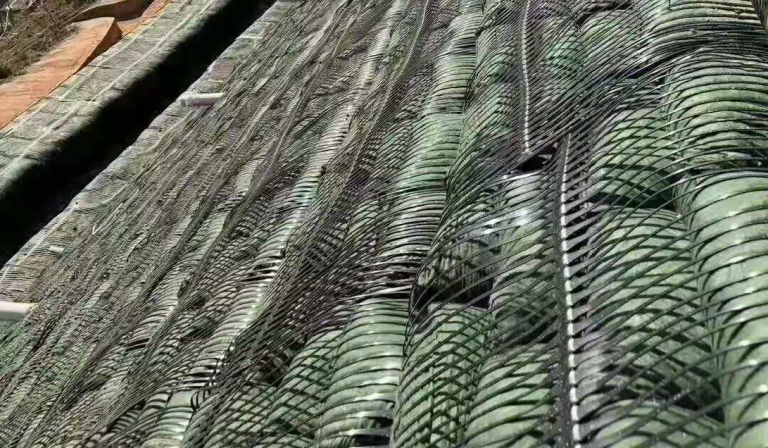
Geogrid reinforcement is widely used in infrastructure projects such as highways, railways, embankments, and slope stabilization.
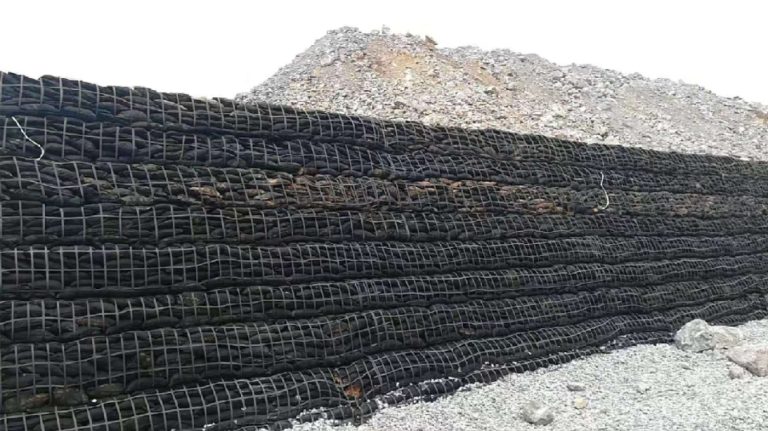
Particularly in geogrid slope stabilization, where they enhance the stability and longevity of infrastructure projects.
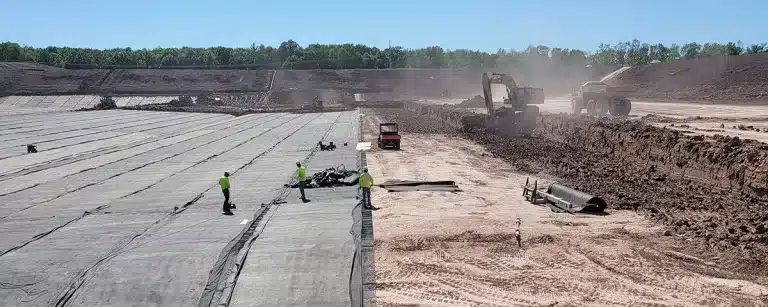
Geosynthetic hillside driveways are an innovative solution in landscaping and civil engineering, particularly when dealing with challenging.
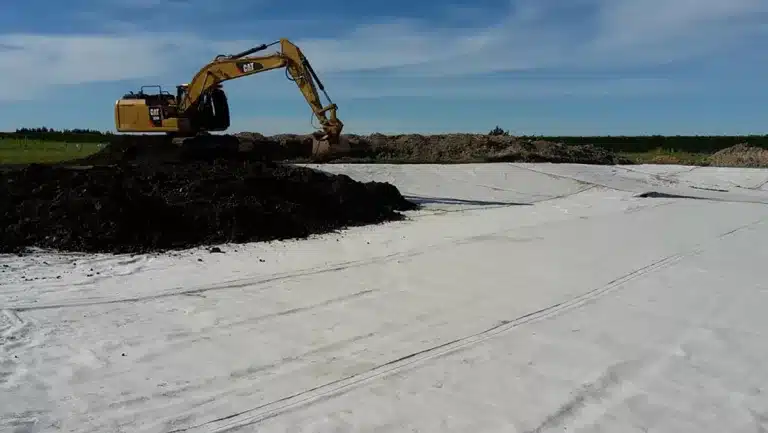
With proven benefits in stability and geosynthetic driveways are a sustainable solution for modern infrastructure needs.
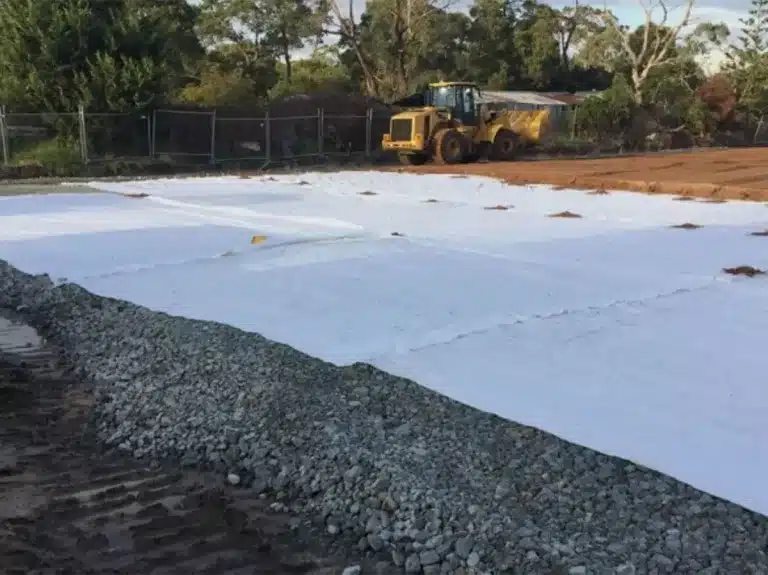
The application of geotextile filter fabric in large-scale road construction projects across major urban centers.
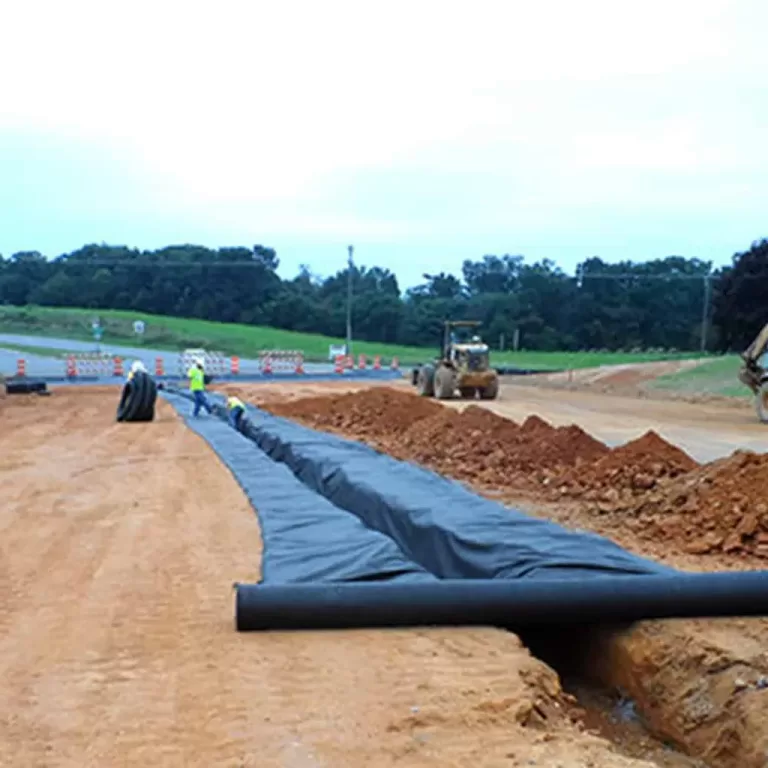
The adoption of geotextile drainage fabric is expected to rise, driving further research and development in geosynthetics.
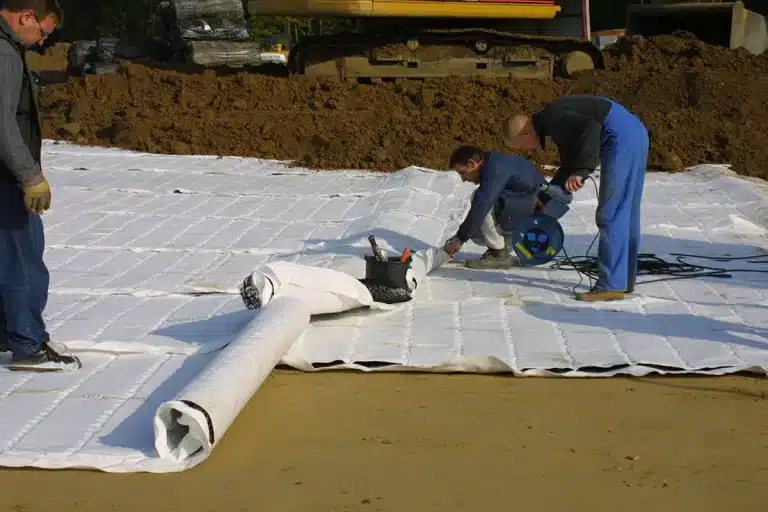
Geocomposite drainage is designed to provide effective water management by combining materials like geotextiles and drainage cores.

A geocomposite drain is an advanced drainage solution designed to manage water flow in various construction and infrastructure applications.

In geotechnical engineering, geonet solution plays a crucial role in improving drainage and soil stability.
End of content
End of content
WhatsApp us